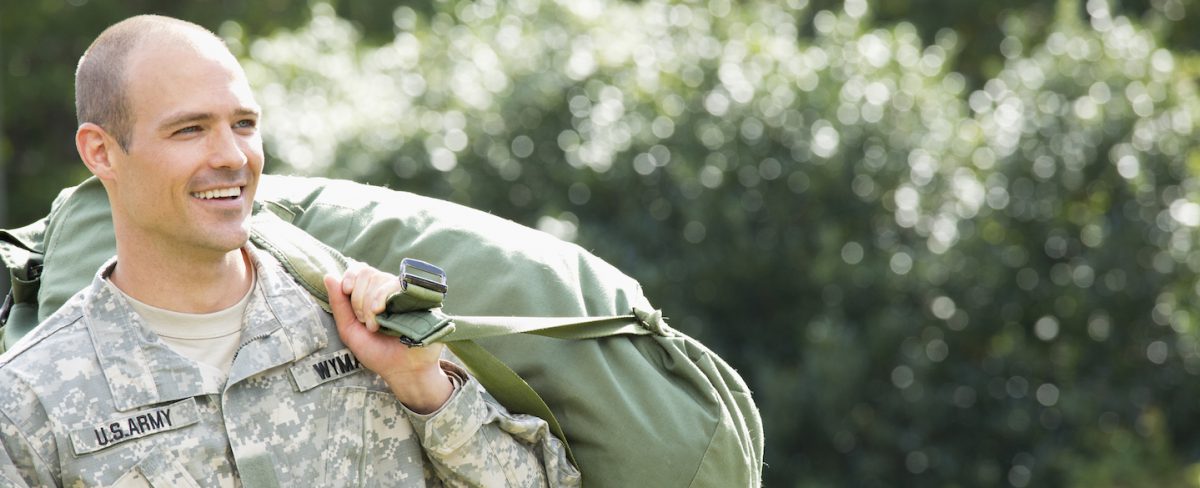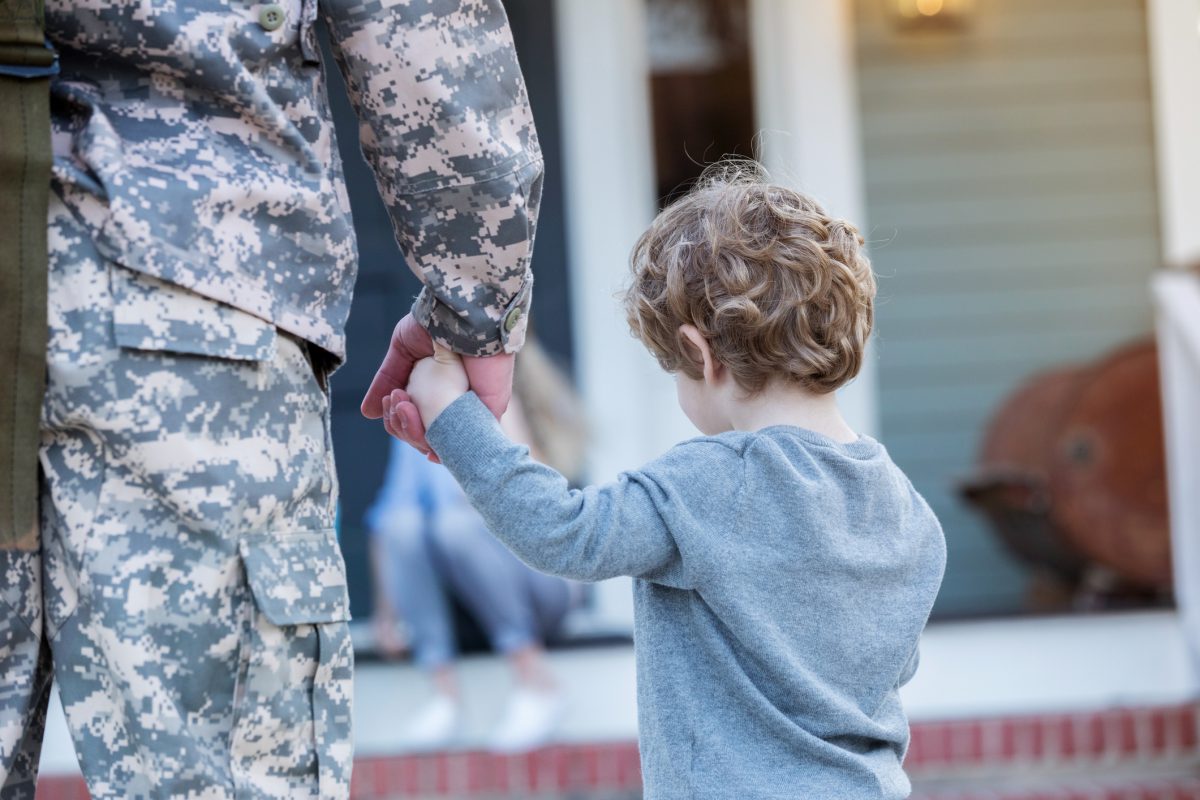When the 2019 National Defense Authorization Act allowed veterans with service-connected disabilities and those enrolled in the Department of Veterans Affairs’ caregiver program to access the base, the 88th Security Forces Squadron didn’t have a hard time with the influx of veterans requesting access, said Patrick Poth, chief of plans and programs for the 88th at Wright-Patt. They opened up early registration for veterans to get base access.
Although entrance rules might vary by base, most operate under the same procedures as Wright-Patterson. To get base access there, eligible veterans first need to get their Veterans Health Identification Card (VHIC) from the enrollment office of their local VA. Usually, you just need to have a photo taken, and your new ID will show up in the mail within a few weeks.
But If the veteran doesn’t have a VHIC, they’ll be directed to go get one. Only with a VHIC can the veteran get access to the base.
All a veteran has to do is take their VHIC, along with valid state ID, driver’s license or passport, to an installation’s Pass and ID office. If this office isn’t outside the base, call ahead to find out where to go.
After a quick background check — it takes longer to read this paragraph than it does to do the background check — everything is all set for access. Just drive to the gate and show the VHIC.
For veteran caregivers, the process is a little longer, but just as easy. Caregivers should have received an eligibility letter from VA’s Office of Community Care. They just need to take this letter and a REAL ID-compliant identification to the base Pass and ID officer.
Once there, credentials showing your registration in the Defense Biometrics Identification System (DBIDS) will be issued to the caregiver. This is good for one year.
It turns out a lot has changed since many veterans left the U.S. military. Security Forces have ID card scanners; AAFES exchanges have special home and garden centers; and now airmen don’t have to drive a half hour to show up late with Starbucks — in many cases, including at Wright-Patt, there’s one right on base.
Those ID card scanners are the most important thing, however. Base security personnel can scan a VHIC or base-specific DBIDS credential and wave new vets through.
Veterans will have to submit to the background check process for every new base they want to visit — and need to be rechecked and re-registered every three years.
If a primary family caregiver loses that eligibility letter, they can call 1-877-733-7927 to request a replacement.
Once on the base, veterans have access to anything that makes money, be it MWR facilities or retail and revenue centers. Aside from commissary and exchange access, this includes bowling alleys, movie theaters, lodging and Enlisted or Officers’ Clubs.
What’s off limits are things like fitness centers, libraries and child care centers. Those facilities are still reserved for military members only.
The veteran can bring up to five others on base at any time as long as their relationship to the VHIC holder is established, such as a spouse or adult children of the veteran. Each will have to go to the same office, with REAL ID-compliant identification, to have their backgrounds checked. Once confirmed, they are given 24-hour passes.
Each family member will have to go through this process for every visit. They must remain with the VHIC- or VA letter-holder for the entirety of their base visit.
Most importantly, don’t forget the rules of the base. Traffic violations still result in citations, so watch your speed on your way to Anthony’s Pizza.





